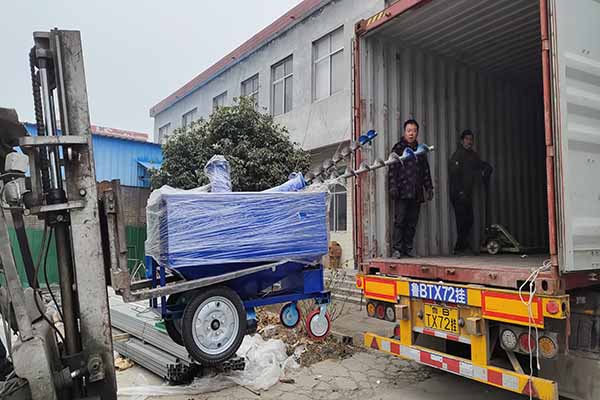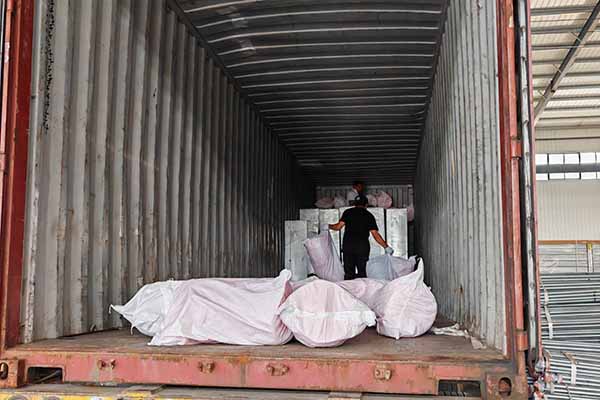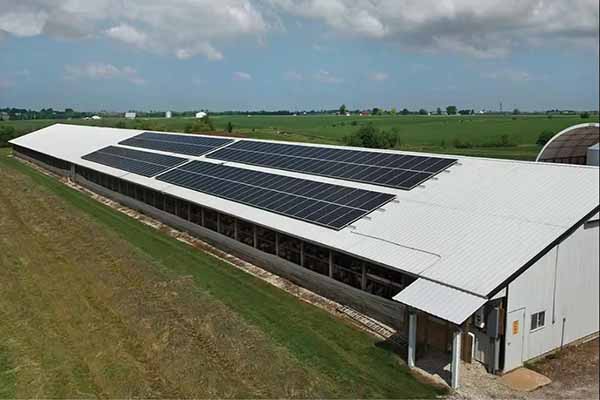Customized Poultry Cage Systems for 60,000 Birds: The Ultimate Guide to Efficient Farming
Time : 2025-06-25
In the world of poultry farming, efficiency and space optimization are key to maximizing profits. As the demand for poultry products continues to grow, poultry farmers are looking for innovative solutions to raise more birds in less space. One such solution is the implementation of customized poultry cage systems for 60,000 birds. This article will delve into the benefits, design considerations, and practical applications of these systems, ensuring that you can make an informed decision for your farm.
Understanding Customized Poultry Cage Systems
Customized poultry cage systems are designed to meet the specific needs of large-scale poultry farms, particularly those with the capacity to house up to 60,000 birds. These systems are tailored to the unique requirements of the farm, ensuring optimal growth conditions, health, and comfort for the birds. Let’s explore the key aspects of these systems:
1. Design Flexibility
Customized systems can be tailored to fit various farm layouts, sizes, and bird species. Whether you are farming chickens, ducks, or turkeys, the systems can be designed to accommodate your specific needs. The flexibility in design allows for seamless integration with existing farm infrastructure and the potential for future expansion.
2. Space Efficiency
One of the primary advantages of these systems is the efficient use of space. With the ability to house up to 60,000 birds, these systems maximize the output per square meter, enabling farmers to produce more poultry products while reducing the land area required.
3. Health and Comfort
Proper ventilation, temperature control, and waste management are crucial for the well-being of the birds. Customized systems incorporate advanced technology to ensure that the living conditions for the poultry are optimal, leading to higher productivity and better product quality.
Design Considerations for Customized Poultry Cage Systems
When designing a customized poultry cage system for 60,000 birds, several factors must be taken into account to ensure the success of the operation:
1. Bird Species and Age
The species of bird and their age at the time of housing will significantly impact the system design. Different bird species require different environmental conditions and space allocations. Ensuring that the cage system can accommodate the growth stages of the birds is crucial for optimal performance.
2. Environmental Factors
The climate of the region will influence the design of the system, particularly aspects such as ventilation, temperature control, and waste management. Customized systems must be able to adapt to seasonal changes and extreme weather conditions.

3. Biosecurity
Preventing the spread of disease is paramount in poultry farming. The design of the system should incorporate biosecurity measures, such as separate access points for birds and cleaning equipment, to minimize the risk of disease outbreaks.

4. Energy Efficiency
Efficient use of energy is essential to reduce costs and environmental impact. Customized systems should be designed with energy-efficient technologies, such as solar power and advanced insulation materials, to optimize energy consumption.
Implementation and Maintenance of Poultry Cage Systems
Implementing a customized poultry cage system requires careful planning and execution. Here are some key considerations for a successful implementation:
1. Site Assessment
Before beginning the construction process, it is crucial to conduct a thorough site assessment. This assessment should consider factors such as soil conditions, water supply, and proximity to other farm buildings.
to other farm buildings.
2. Collaboration with Professionals
Working with experienced poultry farming professionals and experts in cage system design is essential to ensure that the system meets the farm’s needs and complies with industry standards.
3. Regular Maintenance
Ongoing maintenance is necessary to keep the system functioning optimally. This includes inspecting and cleaning the cages, ensuring proper ventilation and temperature control, and repairing any damaged components.
4. Staff Training
The personnel responsible for managing the poultry cage systems should be trained in the best practices for operation, maintenance, and biosecurity. This will help ensure that the systems are run efficiently and effectively.
Conclusion
Customized poultry cage systems for 60,000 birds offer numerous benefits for large-scale poultry farms. By providing optimal living conditions, maximizing space efficiency, and incorporating advanced technology, these systems can lead to increased productivity and profitability. When designing and implementing these systems, careful consideration must be given to bird species, environmental factors, biosecurity, and energy efficiency. With the right planning, collaboration, and maintenance, these systems can be a valuable asset to your farm.











